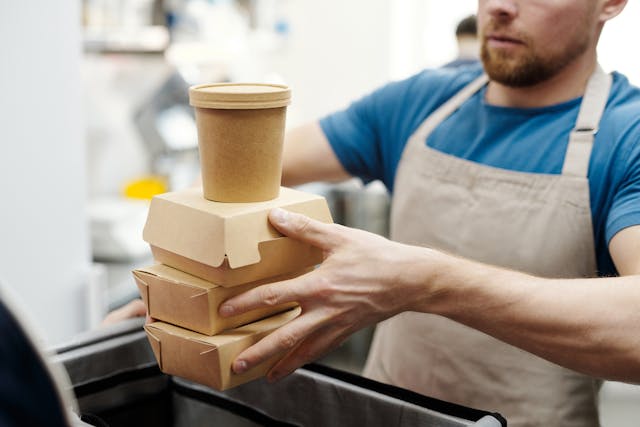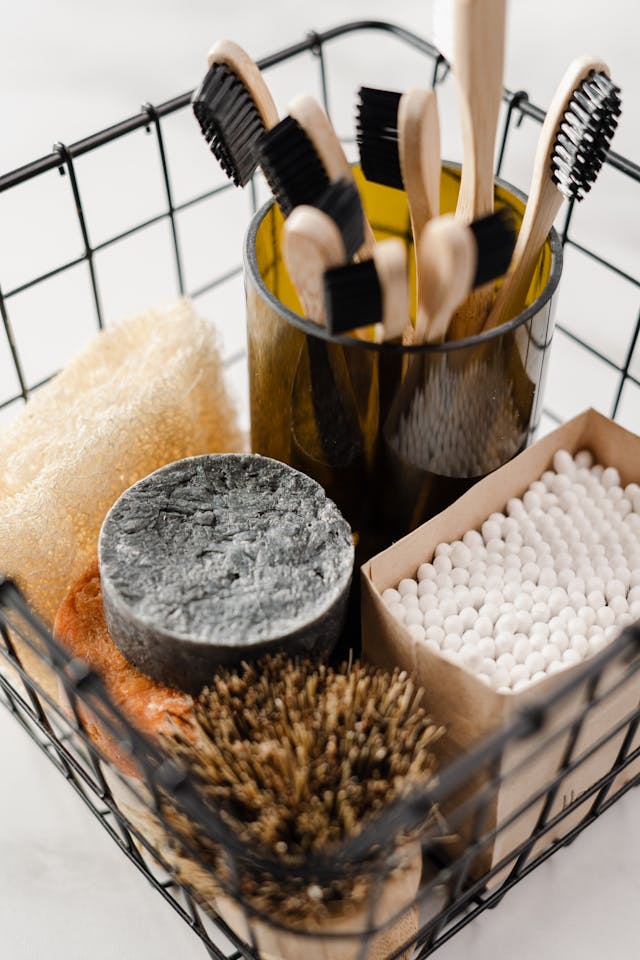Plastic is everywhere—from our kitchen drawers to our medicine cabinets and even the produce section of the supermarket. This widespread presence may make it hard to imagine a world without plastic, but the fight against excessive plastic use is steadily gaining traction as we understand the impact it has on our environment and health. Reducing plastic use isn’t just an eco-trend; it’s a crucial step in preserving our ecosystems, biodiversity, and ultimately our well-being. But why is it so essential to reduce our plastic use? And how can small changes in the home lead to a healthier, more sustainable future?
The global push against plastic pollution began to gather steam in the 1970s, a few decades after the mass production of plastic began. As people started noticing plastic litter piling up in landfills, waterways, and oceans, environmental advocates sounded the alarm. The iconic plastic bag, for example, became a symbol of the broader pollution problem. By the early 2000s, scientific research confirmed that plastics were breaking down into microplastics, which were being consumed by wildlife and, subsequently, by humans. These studies sparked global movements to phase out certain plastics, resulting in the emergence of plastic bans in countries and cities worldwide, along with advocacy for more sustainable practices.

The environmental impact of plastic is substantial. Plastic waste often finds its way into oceans, where it breaks down into microplastics. Marine animals mistake these small pieces for food, which can lead to choking, starvation, and poisoning. When marine life consumes plastics, those toxins move up the food chain, eventually reaching humans. Recent studies have shown that microplastics are now present in human blood, which raises concerns about potential health impacts, such as hormonal disruption, immune system issues, and chronic inflammation. By reducing plastic use in our homes, we contribute to cutting down on plastic waste that ends up in these delicate ecosystems.
Biodiversity takes a massive hit due to plastic pollution. Sea turtles, for example, are known to ingest plastic bags, mistaking them for jellyfish, which leads to fatal blockages. Birds, fish, and larger mammals like whales are also affected by consuming plastic debris. These losses in biodiversity harm entire ecosystems, as each species plays a role in maintaining balance within its environment. Polluted waters and declining marine populations disrupt the food web, affecting humans who rely on these sources for food, tourism, and economic stability. Reducing plastic at home can reduce the demand for plastic production, which means fewer fossil fuels burned and less waste generated, ultimately protecting diverse habitats from harm.

The benefits of reducing plastic use extend beyond environmental preservation. By cutting back on plastics, especially single-use items, we make room for healthier, more sustainable alternatives. For instance, swapping out plastic containers for glass jars or stainless steel bottles reduces potential exposure to harmful chemicals found in some plastics, such as BPA (bisphenol A) and phthalates. These chemicals are linked to various health issues, including endocrine disruption and developmental problems in children. Reducing plastic consumption also promotes mindfulness and encourages households to adopt a more eco-friendly, conscious lifestyle that prioritizes long-term sustainability.
So, how can we reduce plastic use in our homes? Start by assessing which items you use daily that are plastic-based. Opt for reusable shopping bags, refillable water bottles, and cloth produce bags to cut down on single-use plastic consumption. In the kitchen, store leftovers in glass or stainless-steel containers instead of plastic wraps or bags. Consider purchasing household items such as detergents, shampoos, and conditioners in solid forms or from refillable stations. Swapping out disposable razors for a stainless-steel safety razor and using bamboo toothbrushes instead of plastic ones are simple steps that reduce plastic while supporting a greener market.

Ultimately, the fight to reduce plastic use begins with small, deliberate changes at home. While the journey to a plastic-free life requires adjustment, the long-term rewards for our health, environment, and planet are immeasurable. As awareness grows, individual efforts to reduce plastic consumption will play an essential part in shifting industries towards sustainable alternatives. Breaking the plastic habit may take time, but it’s a commitment that benefits both our natural world and our well-being.
Love Life x
Me Mother Earth – Site dedicated to reduce plastic use within your home.
References:
- Rochman, C. M., Browne, M. A., Underwood, A. J., van Franeker, J. A., Thompson, R. C., Amaral-Zettler, L. A. (2016). The ecological impacts of marine debris: Unraveling the demonstrated evidence from what is perceived. Ecology, 97(2), 302-312.
- Galloway, T. S., & Lewis, C. N. (2016). Marine microplastics spell big problems for future generations. Proceedings of the National Academy of Sciences, 113(9), 2331-2333.
- Thompson, R. C., Moore, C. J., vom Saal, F. S., & Swan, S. H. (2009). Plastics, the environment and human health: Current consensus and future trends. Philosophical Transactions of the Royal Society B: Biological Sciences, 364(1526), 2153-2166.
- Eriksen, M., Lebreton, L. C. M., Carson, H. S., Thiel, M., Moore, C. J., Borerro, J. C., … Reisser, J. (2014). Plastic pollution in the world’s oceans: More than 5 trillion plastic pieces weighing over 250,000 tons afloat at sea. PLOS ONE, 9(12), e111913.

